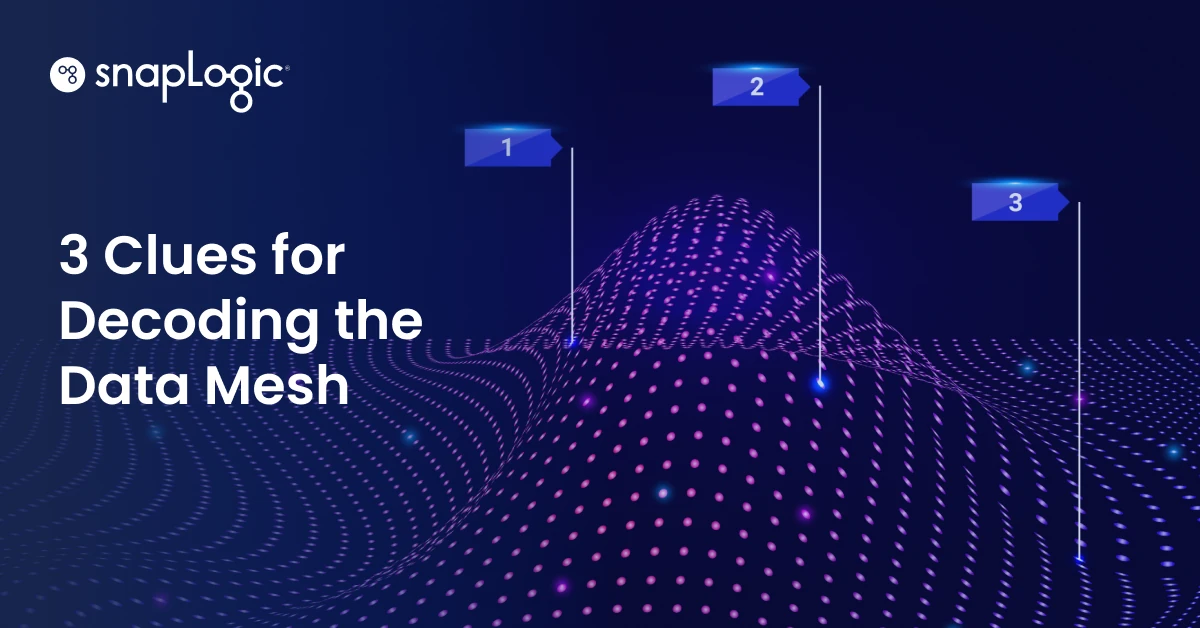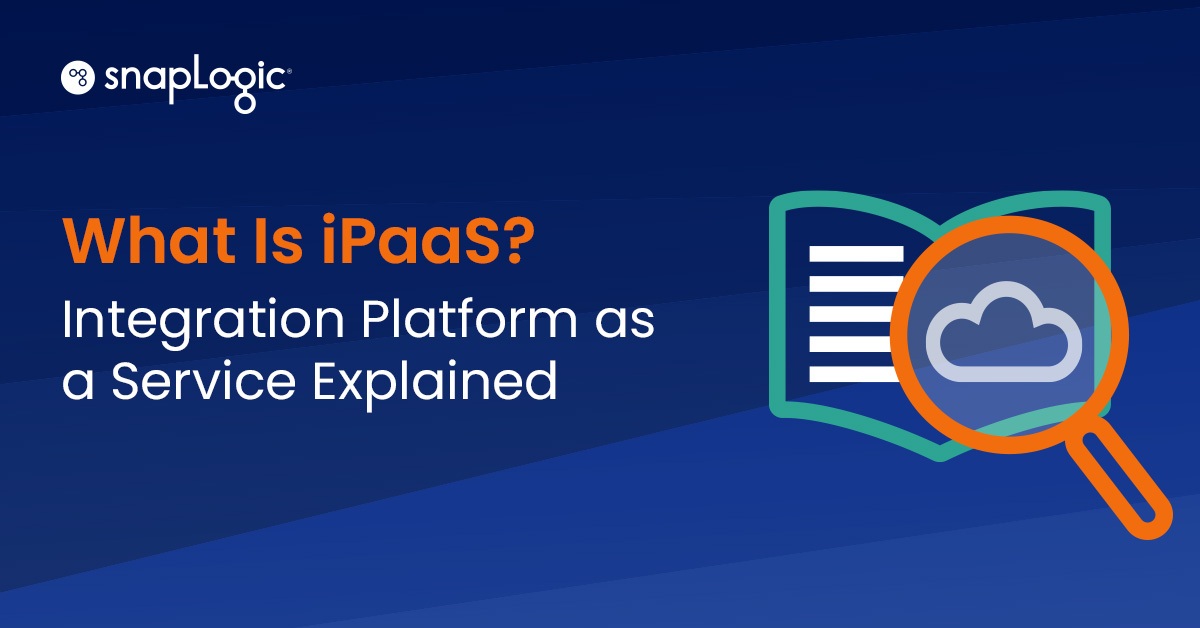Self-service processes and software do away with needless complexity in professional environments. They take what is slow and complicated and make it fast and simple. In self-service contexts, more people solve problems themselves rather than rely on others. Productivity rises and greater business value is created.
Currently, the machine learning (ML) lifecycle – the building, training, and deploying of a machine learning model – suffers from a lack of self-service. As a result, scores of organizations are stuck with faltering ML projects, many of which never see the light of day.
Machine learning needs a self-service makeover. These are the eight essential traits of a self-service machine learning solution.
1. Self-service ML enables you to create integration pipelines once and then reuse them
In machine learning, data engineers and data scientists recreate the same (or similar) application and data integration pipelines repeatedly. For instance, if they want to add data to their training dataset, they must complete many of the same data preparation tasks they performed when compiling the initial training data. With self-service machine learning, if you build an integration pipeline during the data preparation stage, you can reuse it for a variety of purposes including for continuously training your model.
2. Self-service ML replaces code with a visual drag-and-drop interface where possible
When creating training datasets, data engineers and data scientists spend a lot of time converting categorical columns to numeric ones, cleaning missing values, extracting components from datetime objects, sampling and shuffling data, and performing other preparatory functions. And they do it largely through time-intensive coding in Python, Java, or another programming language. A self-service solution enables you to do these routine tasks through pointing and clicking (dragging and dropping). This saves time that you can divert to the more strategic parts of your machine learning projects.
3. Self-service ML lightens the workload for IT and DevOps
Data scientists and machine learning engineers often depend on IT to supply raw data for training their models. They also rely on DevOps to put the final model into production. Bottlenecks inevitably form since IT and DevOps balance these data science requests against a big list of other priorities. Self-service ML limits the amount of heavy lifting IT and DevOps professionals have to do by, among other things, enabling data scientists to fetch their own source data and eliminating extra steps from the deployment process. This spurs collaboration among IT, DevOps, data engineers, integration specialists, and data scientists.
4. Self-service ML facilitates the strategic aspects of ML requiring critical thinking and programming skills
Data scientists spend anywhere from 53 to 80 percent of their time gathering, organizing, and cleaning data. They ought to instead leverage their technical prowess to solve complex problems, answer tough questions, and drive business results with machine learning. Self-service ML automates routine low-value tasks so as to free up time, energy, and resources for high-impact pursuits.
5. Self-service ML eliminates the model translation phase
Once a model has undergone rigorous training and testing and is finally ready to go live, DevOps must put it into production. To do this, they typically have to translate the model into a different programming language, in part, to synchronize it with their organization’s technology infrastructure. They also have to spin up servers. Self-service ML allows you to deploy your model as an API as soon as it’s ready without you having to configure web servers and write code.
6. Self-service ML makes it easy to continuously train and redeploy your model
If you want your model to keep improving its prediction accuracy and adapt to changing trends, you must continuously train it with additional data. In a conventional setting, this means you have to go through the same code-heavy, time-intensive steps as before to acquire data, update your training dataset, get DevOps to redeploy the model, and so on. Self-service machine learning drastically reduces the amount of repeat work you must do to continuously train your model. It lets you use previously-built integration pipelines to acquire new raw data, prepare that data, train and validate the model, and operationalize the new and improved model.
7. Self-service ML shortens the time-to-value of your machine learning initiatives
The pitfalls of traditional approaches to machine learning prolong the time it takes for organizations to see returns on their ML projects. In some cases, their ML initiatives crumble entirely. Self-service ML, by cutting out repeat work, excessive coding, and bottlenecks, yields positive results faster. What’s more, it enables organizations to launch a greater number of high-performing models than they would otherwise.
8. Self-service ML exists in one platform
When self-service capabilities are divided among several different software programs, they lose the very qualities that justify their “self-service” designation. Indeed, if you’re constantly jumping from one “self-service” application to another, it hinders productivity and leads to errors. Self-service machine learning is contained in one intelligent solution. As such, those engaged in ML development and production can integrate applications and data, train and validate models, and deploy those models using one comprehensive platform.
SnapLogic Data Science: Making self-service machine learning a reality
SnapLogic Data Science, an extension of the SnapLogic Intelligent Integration Platform (IIP), turns the theory of self-service machine learning into a reality. Through embodying the eight essential traits of self-service ML, SnapLogic Data Science makes machine learning possible for organizations of all sizes. It significantly increases the productivity of data engineers and data scientists and thus accelerates your ML projects. Building machine learning models just got a lot easier.
To learn more about why taking a self-service approach to machine learning is becoming a strategic imperative, read our ebook, “The dawn of self-service machine learning: Fixing the flaws of traditional ML development.”











